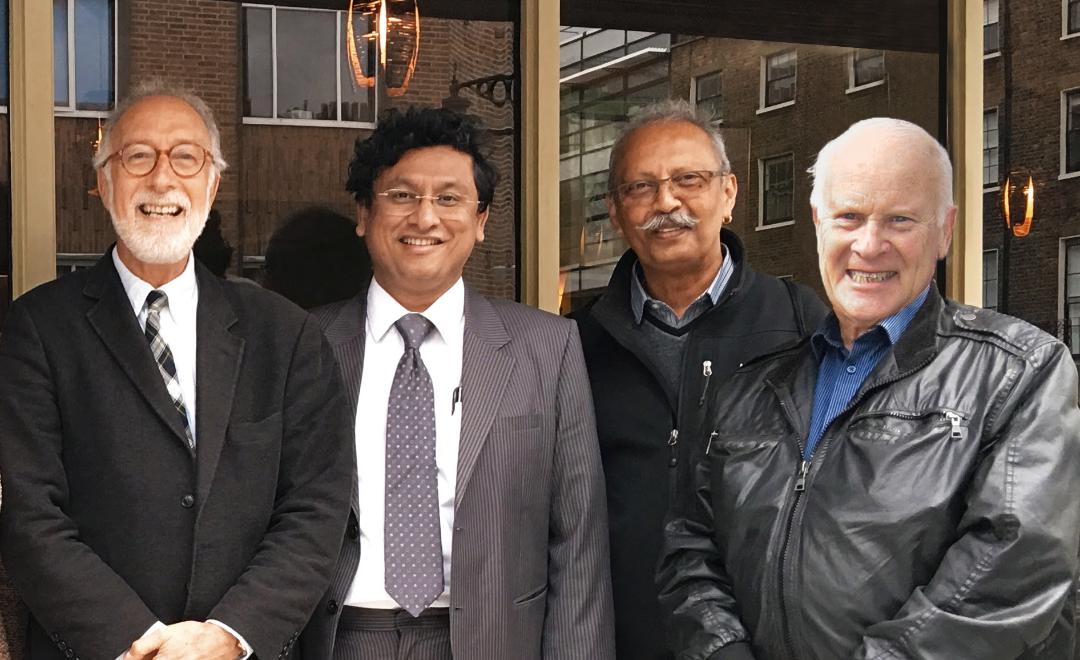Author Interviews, BMJ, Breast Cancer, Cancer Research, Radiation Therapy / 10.11.2020
Single Dose Radiotherapy (TARGIT-IORT) As Good As Conventional Radiotherapy For Most Women With Early Breast Cancer
MedicalResearch.com Interview with:
Professor Jayant S Vaidya
MBBS MS DNB FRCS PhD
Professor of Surgery and Oncology
University College London
MedicalResearch.com: What is the background for this study? What type of single dose radiation is used?
Response: The findings of the large international randomised trial (TARGIT-A trial), published in the British Medical Journal (BMJ 2020;370:m2836), confirm the long-term effectiveness of Targeted Intraoperative Radiotherapy (TARGIT-IORT): a breast cancer treatment which is increasingly available throughout the world. For most women with early breast cancer, a single dose of targeted radiotherapy during surgery is just as effective as conventional radiotherapy, which requires several visits to hospital after surgery.
Conventional external beam radiotherapy (EBRT) is delivered from outside the body via a radiotherapy machine (linear accelerator), and consists of a daily treatment session (known as fractions) to the whole breast, over a period between three to six weeks. Each of these treatments is given over a few minutes, but requires 15 to 30 hospital visits, which could be a significant distance from where the patient lives.
TARGIT-IORT is delivered immediately after lumpectomy (tumour removal), via a small ball-shaped device placed inside the breast, directly where the cancer had been. The single-dose treatment lasts for around 20 to 30 minutes and replaces the need for extra hospital visits, benefiting both patient safety and well-being. The device used is called INTRABEAM.
More details are described on the BMJ and UCL webpages:
https://www.bmj.com/company/newsroom/single-dose-radiotherapy-as-good-as-conventional-radiotherapy-for-most-women-with-early-breast-cancer/
https://www.ucl.ac.uk/news/2020/aug/single-dose-radiotherapy-effective-treating-breast-cancer
https://blogs.bmj.com/bmj/2020/08/20/targeted-intraoperative-radiotherapy-for-early-breast-cancer-new-evidence/ (more…)

















